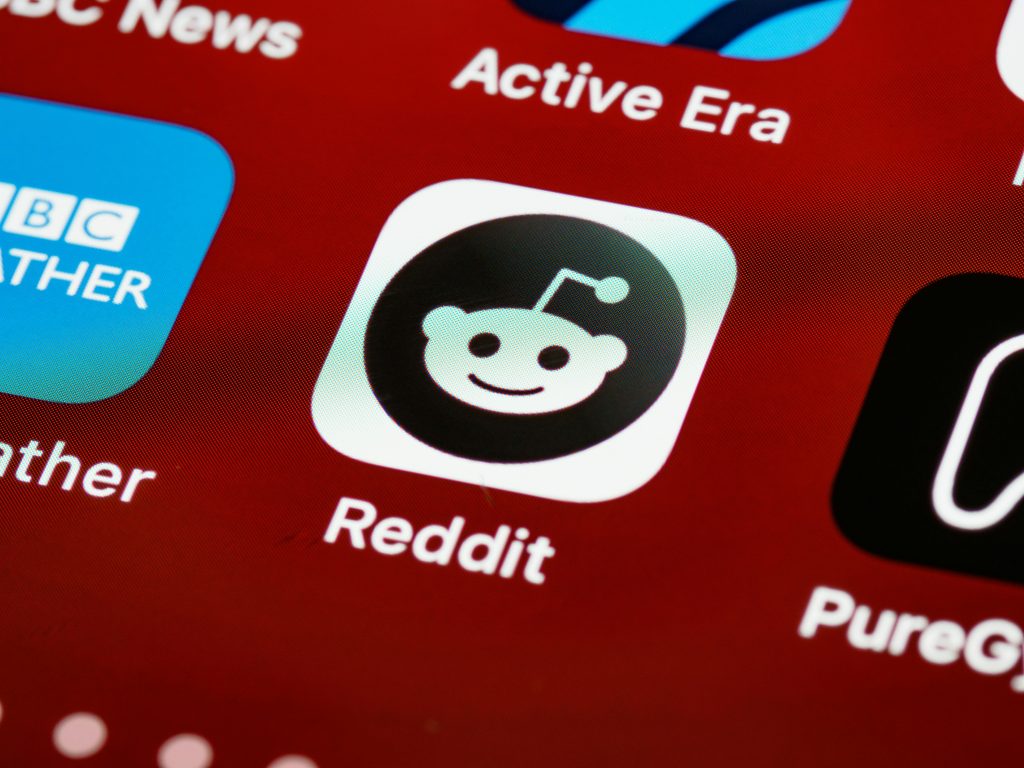Navigating the Challenges of Reporting Publicly Accessible Webcam Feeds
In an alarming turn of events, I recently uncovered a public webcam streaming footage from a child’s bedroom while browsing the internet. This unsettling discovery, made on the IoT search engine Shodan, prompted me to take action, particularly as a concerned father of three. The webcam owner appears to be a customer of Rogers Communications in Canada, which led me to reach out to their customer service for assistance.
Steps Taken to Address the Issue
Upon contacting Rogers, I found myself bouncing between different representatives. After spending nearly half an hour detailing the situation to a first-level support agent, I was referred to a supervisor. Unfortunately, despite my efforts to emphasize the seriousness of the situation, the supervisor’s hands seemed to be tied. The only recourse they suggested was for me to contact law enforcement in my home country of Austria, or the Canadian authorities. This lack of proactive support from a major ISP was both frustrating and disheartening.
Update: Progress and New Developments
As of January 26, I am pleased to report some progress. The owner of the webcam has been contacted, and they have secured the feed with a password, effectively making it inaccessible to the public. Additionally, I received an email from Rogers informing me that the matter has been escalated, and they are now in communication with the webcam owner. This is a relief, as I had been concerned that the parents of the children involved were completely unaware of the situation.
I deeply appreciate the support I have received from the online community. Many individuals reached out to offer assistance or share similar stories, underscoring the importance of vigilance in our digital age.
Continuing the Fight for Online Safety
In my quest for resolution, I have also contacted multiple organizations: the Office of the Privacy Commissioner of Canada and the Canadian Centre for Cyber Security. Although I attempted to reach out to the Canadian authorities, I encountered some challenges in getting through. I found that the non-emergency contact number didn’t lead me to anyone who could assist, leaving me to ponder if I should use the emergency line instead—a decision I would prefer to avoid for a non-emergency situation.
Moving forward, I remain committed to staying informed and engaged with the relevant authorities. As I continue navigating this issue, I will provide further updates to keep the community informed.
Final Reflections
This experience has been a stark reminder of the vulnerabilities present in our increasingly interconnected world. It highlights
Share this content:



